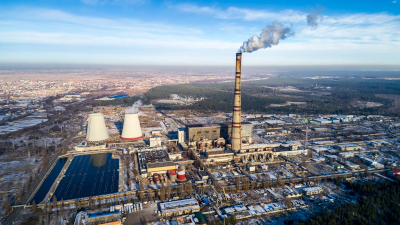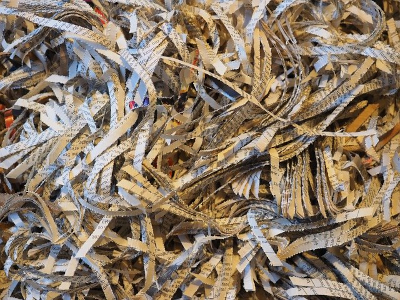After a decade of businesses being told they need to be disruptive in order to succeed, could low levels of recycling prove the greatest disruption?
This week, we released the findings of The Love Recycling Research Project Part Two, an investigation into what impact the 2020 pandemic has had on the waste and recycling activities and planning for businesses in Europe.
But why is commercial recycling considered so important. After all, businesses are made up of individuals, as are customer bases, if we all take responsibility for recycling our own, won’t that solve the problem?
Better Recycling Solutions Means Better Resource Management
The world we live in is experiencing a resource management problem that needs to be resolved with better waste disposal methods.
The oil required to make petrochemical plastics is going to end, perhaps not imminently, but in human terms, soon. Businesses that need fresh plastics for the creation of products or product packaging will be part of a growing demand for a diminishing supply.
If we continue to bury and incinerate two-thirds of Europe’s plastics, whether they’re petrochemical or bio plastics, we will have a diminishing pool of resources to create more plastic.
Specifically within the EU, only 30% of plastic is recycled while 39% of it is incinerated, the remainder going to the landfill. As an equivalent measure, 40% of plastic produced in the EU is created solely for packaging. That means that almost every piece of plastic packaging you see today, tomorrow and beyond is being incinerated, or an equivalent amount of plastic from elsewhere is.
Recycling as a method of resource management extends beyond plastics to glass. Glass materials, split between coloured and clear, can be recycled almost indefinitely. Recycling glass uses less energy, creates less emissions and overall, costs less than creation of new glass.  Better for businesses, better for the environment.
Better for businesses, better for the environment.
Similarly, the recycling of paper materials over the creation of new paper, reduces emissions and preserves other natural resources. For every tonne of paper recycled, 30,000 litres of water is saved and air pollution is reduced by 95% compared with the creation of virgin paper.
In each of these examples, we see the role recycling plays in reducing emissions as part of the generation of new materials and the incineration of waste. Individuals within a customer base have less ability to make their purchases based on virgin vs recycled materials than a commercial entity does in the creation of products and packaging.
The reduced cost of processing materials means using recycled materials costs less, and the cyclical supply will keep costs down compared with those of a diminishing source of fresh material.
But what happens if we don’t recycle more, if we don’t reduce emissions, if we don’t preserve the resources that we have?
A Lack of Commercial Recycling Could Be Deadly
Human industry, and the emissions it creates from poor waste disposal, are the driving factor in climate change that causes large scale weather disruptions and increasing global temperatures.
A major University of Chicago study, published by the National Bureau of Economic Research, found that increasing global temperatures will cause more deaths than all infectious diseases combined. A high-emissions scenario would result in a global mortality rate of 73 deaths per 100,000 people by the end of the century. A lack of commercial recycling could ultimately be a contributary factor in the deaths of more people than any number of infectious deadly diseases.
There are many components to recycling processes and many groups involved in their creation, maintenance and development. Commercial enterprises, citizens, government bodies, innovative manufacturers and scientific institutions are all part of how we develop better recycling solutions and how we undertake more recycling activity.
The issue of our changing climate affects us all, so we all have a responsibility to be part of the solution and to save lives.
Let’s do this together
Share on Social Media